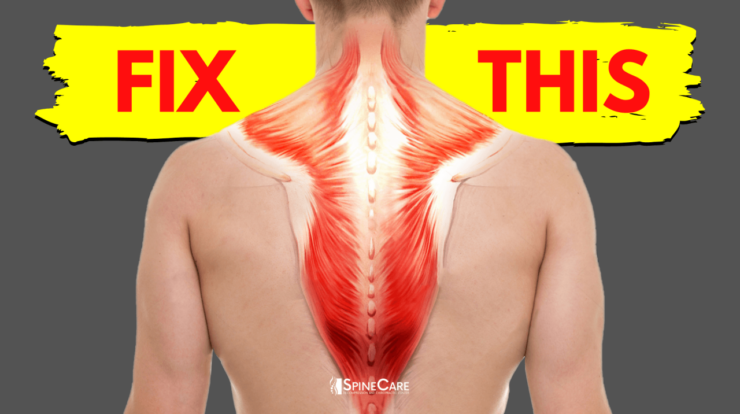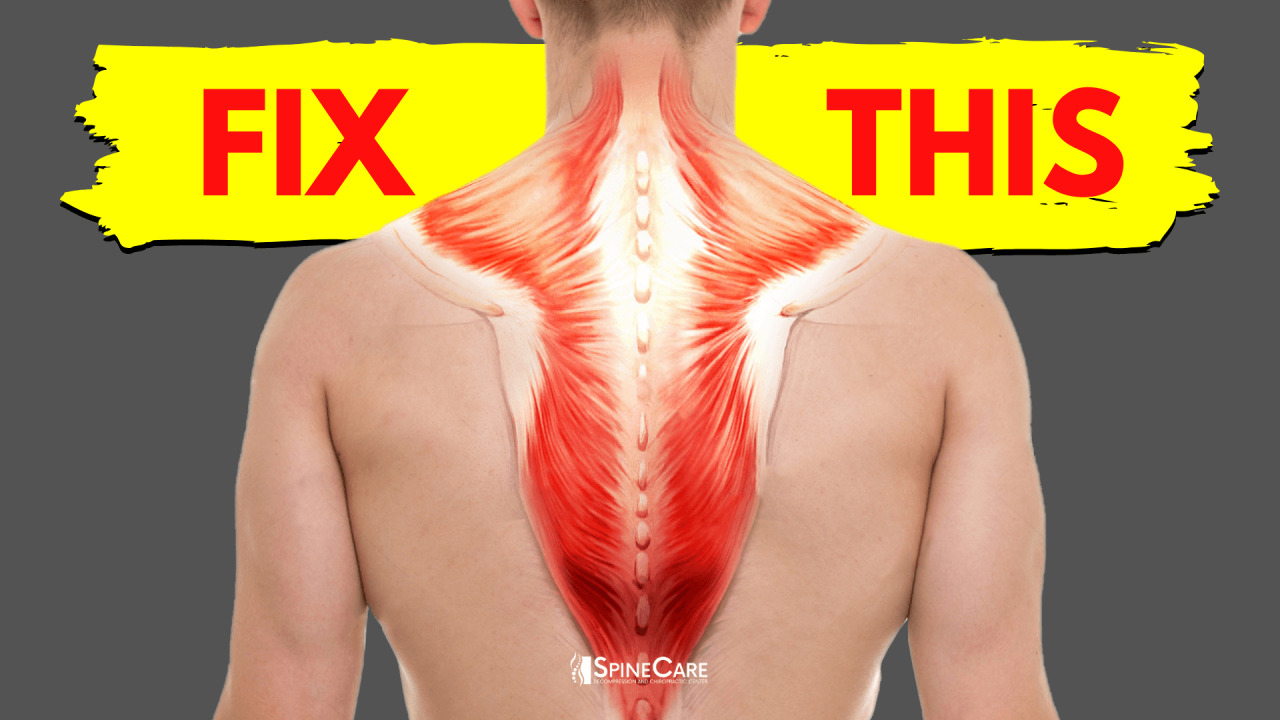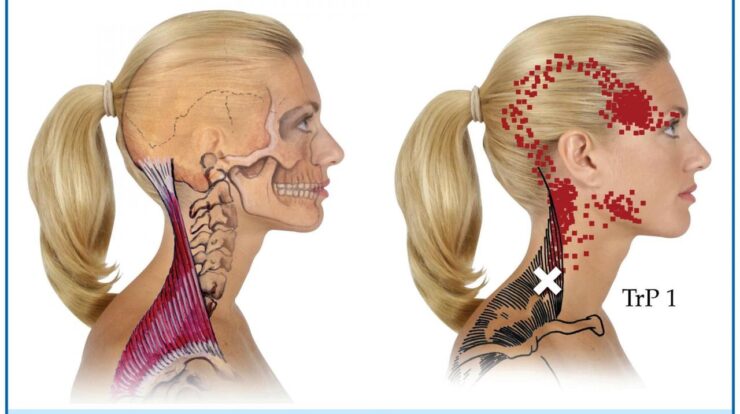
How can stiff and tight muscles result in back pain? Understanding the connection between muscle tension and spinal health is crucial for alleviating discomfort and improving overall well-being.
Stiffness and tightness in muscles can have a significant impact on the musculoskeletal system, leading to reduced range of motion, impaired flexibility, and misalignment of the spine. This, in turn, can trigger back pain, muscle spasms, and trigger points, resulting in discomfort and reduced quality of life.
Stiff and Tight Muscles: A Cause of Back Pain

Muscle stiffness and tightness are common problems that can lead to back pain. Stiffness refers to a reduced range of motion in a muscle, while tightness refers to a feeling of tension or discomfort. Both stiffness and tightness can be caused by a variety of factors, including prolonged muscle tension, poor posture, and lack of exercise.
Capture the essence of Mother’s Day with stunning images that convey the love and bond between mothers and their loved ones. From heartwarming family portraits to beautiful floral arrangements, explore a gallery of images that will make this day truly unforgettable.
Stiffness and Tightness: Causes and Effects
Muscle stiffness and tightness can be caused by a variety of factors, including:
- Prolonged muscle tension: When a muscle is held in a contracted position for an extended period of time, it can become stiff and tight.
- Poor posture: Poor posture can put strain on muscles, leading to stiffness and tightness.
- Lack of exercise: Regular exercise helps to keep muscles flexible and strong. When muscles are not exercised, they can become weak and stiff.
Stiff and tight muscles can have a number of negative effects, including:
- Reduced range of motion: Stiff and tight muscles can restrict the range of motion in a joint.
- Pain: Stiff and tight muscles can cause pain, especially when they are used.
- Increased risk of injury: Stiff and tight muscles are more likely to be injured.
Stiff Muscles and Back Pain
Stiff muscles can contribute to back pain by affecting spinal alignment and posture. When muscles are stiff, they can pull the spine out of alignment, which can lead to pain. Additionally, stiff muscles can make it difficult to maintain good posture, which can also contribute to back pain.
Share the joy of Mother’s Day with warm and meaningful greetings. From simple expressions of love to thoughtful messages of appreciation, find the perfect words to make this day special for the extraordinary women in your life. Discover a collection of greetings here.
Some of the specific muscle groups that, when stiff, can contribute to back pain include:
- Erector spinae: These muscles run along the spine and help to support the back.
- Hamstrings: These muscles run along the back of the thigh and help to bend the knee.
- Quadriceps: These muscles run along the front of the thigh and help to straighten the knee.
Tight Muscles and Back Pain, How can stiff and tight muscles result in back pain?
Tight muscles can also contribute to back pain by causing muscle spasms and trigger points. Muscle spasms are involuntary contractions of a muscle, while trigger points are small, tender areas in a muscle that can cause pain when they are pressed.
Whether you’re a first-time mom or a seasoned pro, Mother’s Day is a time to celebrate the love and dedication of all mothers. Express your appreciation with heartfelt wishes that convey your admiration and gratitude.
Some of the common muscle groups that, when tight, can lead to back pain include:
- Piriformis: This muscle runs from the sacrum to the femur and helps to rotate the hip.
- Gluteus medius: This muscle runs from the pelvis to the femur and helps to abduct the hip.
- Tensor fasciae latae: This muscle runs along the outside of the thigh and helps to extend the knee.
Prevention and Treatment
There are a number of things that can be done to prevent and treat stiff and tight muscles, including:
- Stretching: Stretching helps to improve flexibility and range of motion in muscles.
- Strengthening exercises: Strengthening exercises help to build muscle strength and endurance.
- Massage therapy: Massage therapy can help to relieve muscle tension and stiffness.
- Heat therapy: Heat therapy can help to relax muscles and relieve pain.
- Chiropractic care: Chiropractic care can help to correct spinal alignment and improve posture.
Last Point

By understanding the mechanisms behind muscle stiffness and tightness, individuals can take proactive steps to prevent and manage back pain. Regular stretching, strengthening exercises, and proper posture can help maintain muscle flexibility and reduce the risk of developing stiffness and tightness.
Additionally, seeking professional guidance from healthcare practitioners can provide personalized treatment plans to address specific muscle imbalances and alleviate back pain.
Commonly Asked Questions: How Can Stiff And Tight Muscles Result In Back Pain?
What are the common causes of muscle stiffness and tightness?
Muscle stiffness and tightness can result from various factors, including prolonged sitting or standing, repetitive movements, lack of physical activity, and inadequate hydration.
As Mother’s Day approaches, many are searching for the perfect way to express their gratitude to the special women in their lives. For those looking for a unique way to say “Chúc mừng Ngày của Mẹ” (Happy Mother’s Day in Vietnamese), consider sending a heartfelt message in their native tongue.
Explore some beautiful options here.
How can I prevent muscle stiffness and tightness?
Regular stretching, engaging in moderate-intensity physical activity, and maintaining proper posture can help prevent muscle stiffness and tightness.
In a heartwarming display of community spirit, a Michigan grocery store sign recently gained attention on Reddit for its thoughtful message honoring mothers. The sign, which read “Happy Mother’s Day to all the moms who do everything for everyone else,” has touched the hearts of many online.
What are the treatment options for stiff and tight muscles?
Treatment options may include massage therapy, heat therapy, chiropractic care, and prescribed medications to reduce inflammation and muscle spasms.
